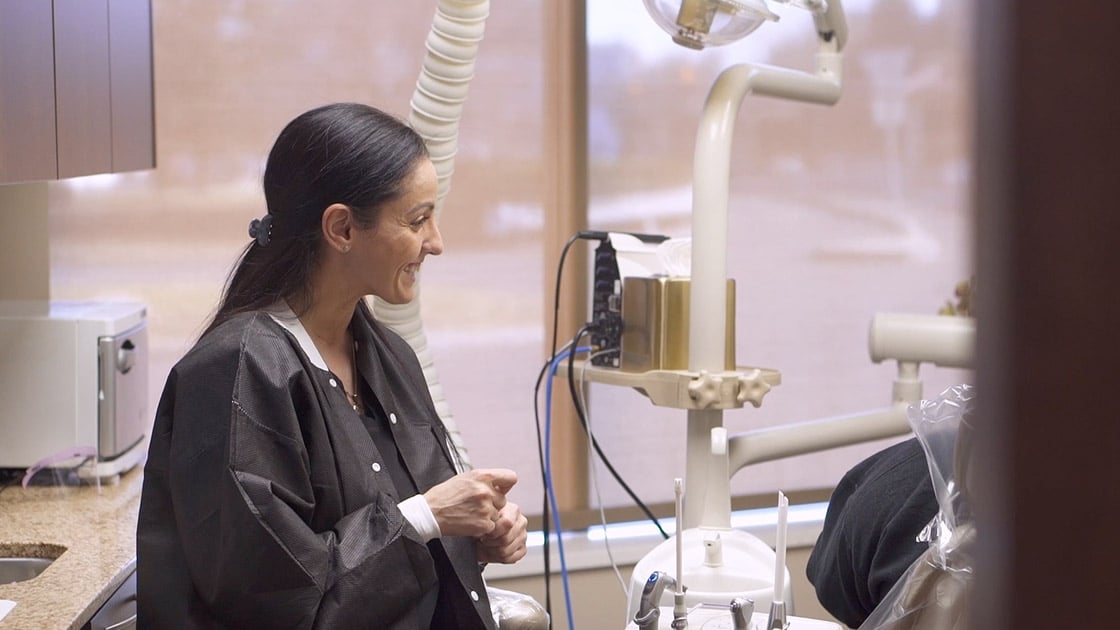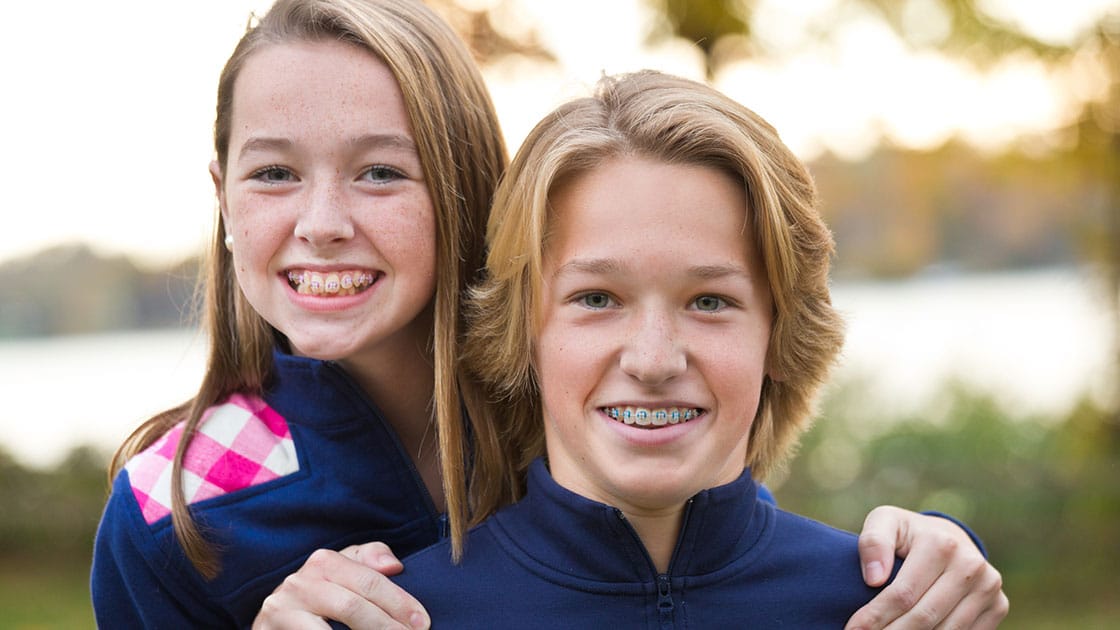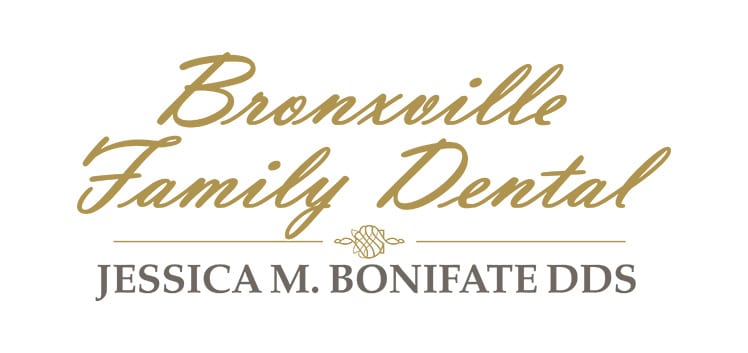
Bronxville Family Dental provides pediatric dentistry in Bronxville, NY. Call 914-337-8430 to learn more and schedule an appointment.
Pediatric dentistry specializes in providing dental care for children and focuses on creating a positive experience for children in a dental setting. In addition to teaching lifelong dental habits for a healthy smile, early dental care is important to take care of your child’s teeth because they aid in speech development, assist with eating and digestion, and help maintain space for permanent teeth.
Comprehensive Oral Evaluation / Digital Radiographs

An oral evaluation is recommended every six (6) months to prevent cavities and other dental problems. Digital imagery is a valuable diagnostic tool used to identify decay, extra teeth, bone defects, tumors, cysts and check the progress of previous procedures.
Cleaning

Regular cleanings help keep gums healthy and teeth cavity-free. A dental cleaning includes removal of tartar and plaque and polishing of the teeth to remove stains and prevent further buildup of plaque.
Dental Sealants

Dental sealants are made of a safe resin material which is applied to the surfaces of teeth (commonly permanent molars) to prevent cavities. The sealant material fills in the crevices of a tooth and “seals” off the tooth from cavity-causing agents like food and plaque. The teeth are prepared for the sealant application and the sealant is painted directly onto the chewing surface of each tooth and then hardens. Sealants are applied in one visit.
Fluoride Treatment

Fluoride is a natural substance that helps strengthen teeth and prevent decay. Fluoride treatments are administered at this office as an important component of pediatric dental treatment. The fluoride is applied to the teeth in a gel, foam, or varnish form.
Mouth Guards

Custom-fitted mouth guards from your dentist are preferable to cheaper products available from a store. Many school athletic programs require participants to wear a mouth guard. Athletes who are wearing braces will particularly benefit from a custom-fitted mouthguard.

